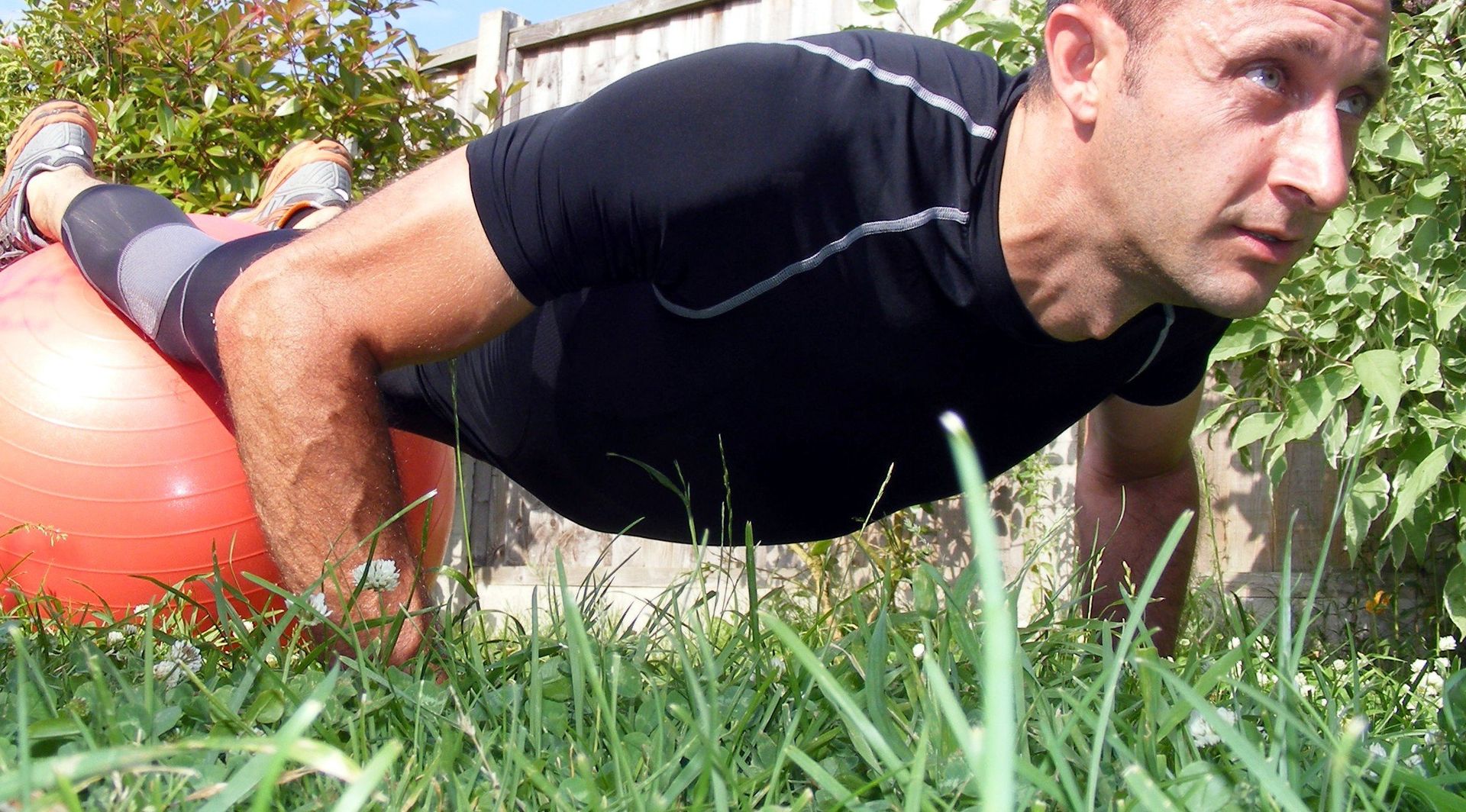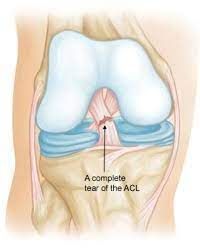Overlooking recovery after exercise.
🏋️♀️ The Adaptation Equation: Why Overlooking Recovery is the Fastest Way to Stop Progress
You’ve dedicated the hours. You’ve endured the sweat. You've pushed your limits in the gym, on the road, or on the field. You've done the hardest part: the training load. But if you treat your workout like a finished equation, you’re missing the critical final step. Ignoring recovery is the single biggest mistake an athlete—or anyone committed to fitness—can make.
It's time to shift your focus: Recovery isn't passive rest; it's active progress.
The True Training Ground: The Science of Supercompensation
We often think we get fitter during the workout itself, but this is a physiological myth. During a hard session, you are intentionally breaking your body down. You deplete energy stores (glycogen), create micro-tears in muscle fibres, and introduce acute fatigue.
The body’s natural response to this stress is
adaptation. It doesn’t just repair the damage; it repairs it stronger and better to handle the next challenge. This process is called
Supercompensation. Your peak fitness gains—increased strength, improved endurance, and higher power output—only occur in the
recovery phase. If you skip this crucial step and immediately hit the next hard workout, you prevent adaptation, leading to chronic fatigue, plateaus, and, worst of all,
injury.
🔑 The Four Non-Negotiable Pillars of Daily Recovery
To ensure your body moves through the supercompensation cycle effectively, you must support it with consistent, strategic recovery habits.
1. Quality Sleep: The Ultimate Repair Window 😴
This is non-negotiable. During deep sleep, your body ramps up growth hormone production, essential for repairing muscle tissue and regulating metabolism. Lack of sleep has been shown to impair muscle recovery, reduce reaction time, and significantly increase the risk of injury due to poor judgment and motor control. Aim for 7-9 hours of high-quality, uninterrupted rest every night.
2. Refuel and Rebuild: Strategic Nutrition 🍎
The post-exercise window is vital for replenishing the resources you just burned.
- Protein: Immediately after a workout, consuming adequate protein provides the amino acid building blocks needed to repair the torn muscle fibers. This is the cornerstone of hypertrophy (muscle growth).
- Carbohydrates: Endurance athletes, or anyone engaging in high-intensity training, must prioritise carbohydrates to restore muscle and liver glycogen—your primary fuel source. Delaying this replenishment slows recovery and impairs performance in subsequent sessions. Hydration is also paramount; replacing lost fluids and electrolytes is essential for cellular function.
3. Active and Passive Restoration 🧘
Recovery isn't just about lying down; it's about movement and targeted therapy.
- Cool-Downs: Never skip the 5–10 minutes of light cardio and static stretching immediately post-session. This helps normalise heart rate, lower body temperature, and flush metabolic waste products, such as lactic acid, from the muscles.
- Mobility Tools: Incorporate foam rolling or dynamic stretching on your rest days to break up adhesions, release trigger points, and improve circulation to damaged areas.
- Professional Intervention (Sports Massage): Don’t wait until you’re injured. Regular sports massage treatments target deep muscle tissues, helping to reduce chronic tightness, restore optimal muscle length, and increase range of motion. This passive recovery strategy accelerates the flushing of waste products far beyond what basic stretching can achieve.
4. Strategic Rest (Tapering & Deloads) 📉
As the original philosophy highlights, sometimes the best training is less training.
The concept of
tapering—a planned reduction in training load leading up to a major event—is what allows the physiological benefits of hard training to manifest fully. During a taper, key changes occur: red blood cell volume increases, aerobic enzyme activity improves, and muscle glycogen stores are maximised. This prepares the body to tolerate an extremely high workload on race day. Similarly,
deload weeks throughout your training year prevent burnout and allow ligaments and tendons—which recover more slowly than muscles—to have the time they need to adapt, ensuring longevity in your fitness journey.

The Price of Neglect
When you consistently push hard without proper recovery, you create a state of overtraining. Symptoms include persistent muscle soreness, insomnia, mood swings, a weakened immune system, and performance plateaus that refuse to budge.
Your hard work deserves better. Start viewing your recovery time as a
performance enhancer, not a luxury. By prioritising sleep, strategic nutrition, and proactive restoration (like a sports massage), you stop training against yourself and start maximising every single minute you put in.
Ready to stop guessing and start recovering like a professional? Contact us today to book a comprehensive Sports Massage Treatment and ensure your body is truly ready for the next challenge.
Richard Watson
Sports Therapist











